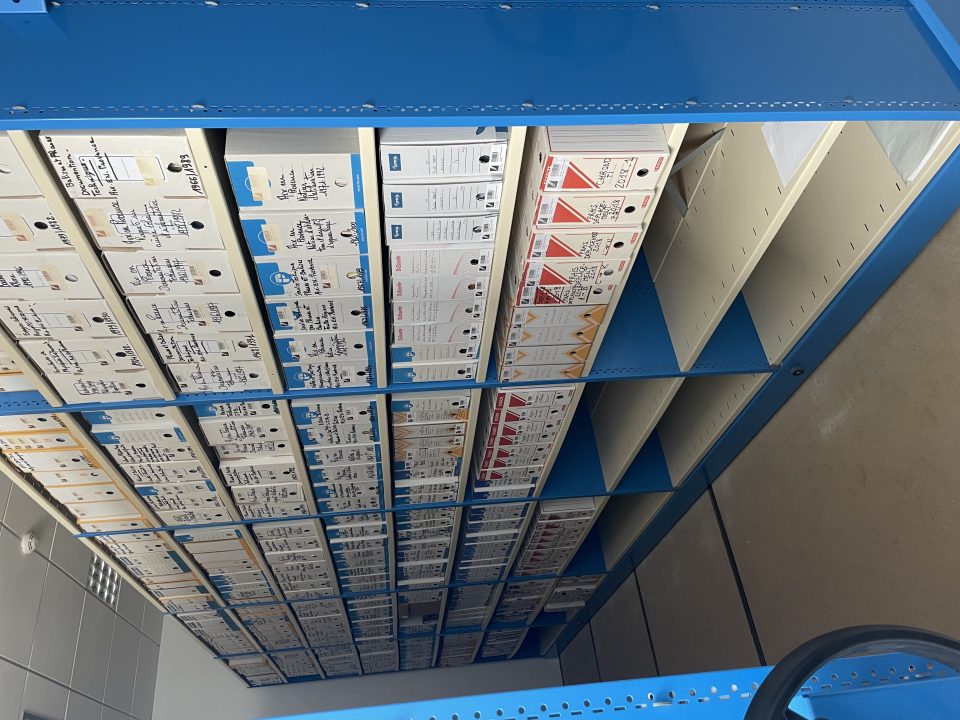BRE02: Automatic Extraction of Key Information from Scanned documents of Aids to Navigation
- Cerema
Brest
- Organisation
- CEREMA
- Pierre-Yves Martin
A maritime aid to navigation is a physical (fixed or floating) or intangible device designed to ensure vessel safety by keeping ships away from hazards and marking navigation routes. To create, modify, or remove a navigation aid, the responsible authority must compile a "nautical dossier." This file may include several documents: a request (for creation, modification, or removal), a report from a nautical expert, opinions from the relevant Local Commission, the Lighthouse Commission's minutes and recommendations, and the final Administrative Decision. This decision may take the form of a ministerial decree, a regional maritime authority decision (DIRM), or a prefectural order. If missing, the Lighthouse Commission’s opinion prevails. A first challenge lies in the documents’ lack of standardization: they are free-form texts rather than structured forms, often typed and scanned, written in various styles. Extracting key data (name, ID, position, type, characteristics...) usually requires full reading. Another difficulty stems from the historical depth: some aids date back decades and have many related files. Finally, each aid is typically part of a broader beaconing system, meaning dossiers may reference other aids. This makes extracting essential data and reconstructing the aid’s history time-consuming. For this hackathon, participants are asked to develop a tool to analyze document sets and extract a list of key attributes for each aid, including their validity date. The tool must also index documents in a searchable database. Key data includes: · Heritage name · Database ID · Position (WGS84) · Daymark and characteristics · Managing authority · Status (ESM/ANC/Other) · Support structure type · Description of the support · Nautical need for the daymark Due to document variability, a semantic AI-assisted approach is required. The input data includes nautical dossiers from the Saint-Nazaire and Lorient navigation areas.
- What the challenge owner would like to develop over 48h
- The goal is to build a database and a tool capable of automatically populating it. This database will centralize all key information related to each maritime navigation aid within a defined geographic area. It will be fed through the analysis of a collection of nautical documents, either scanned or in digital format.
- Which skills the challenge owner is looking for
- Database developer
IT developer
Machine learning knowledges



